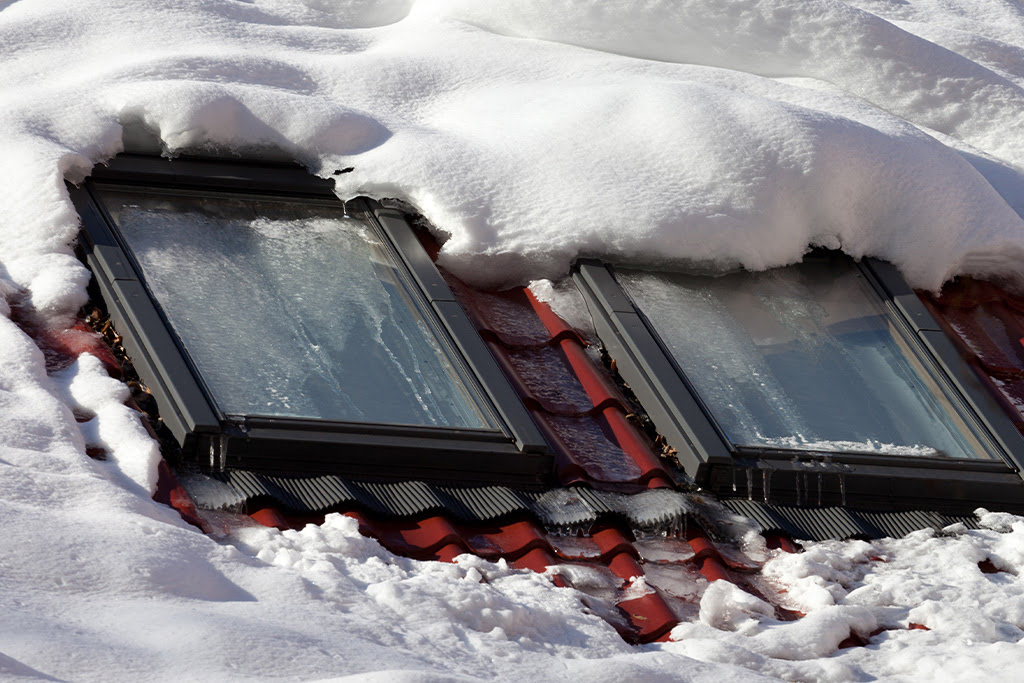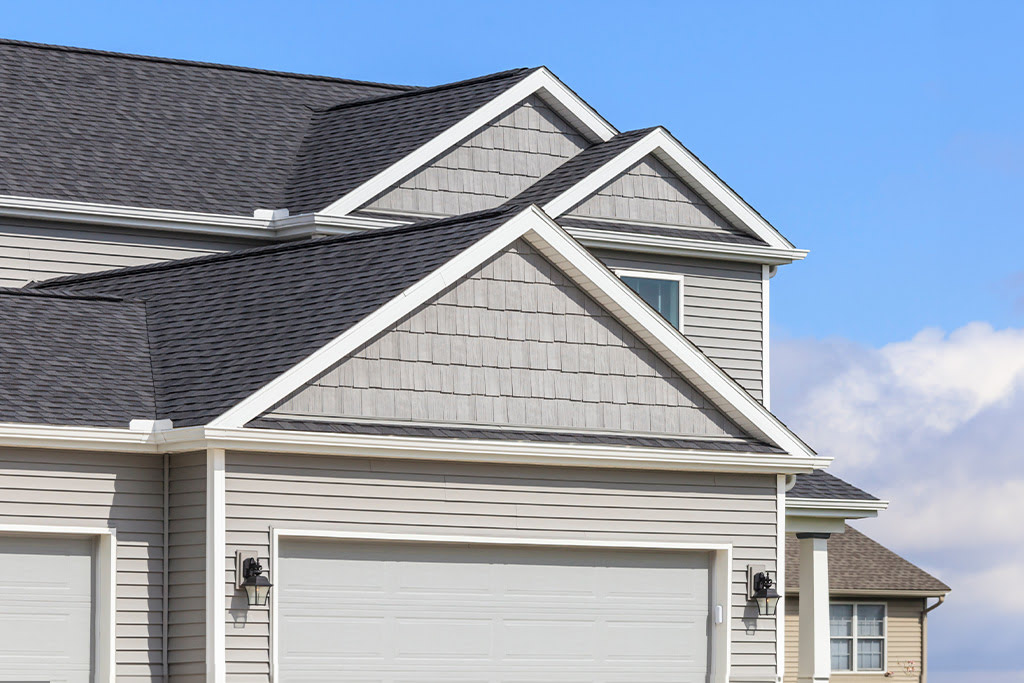Guns N Hoses is here to help you enjoy working safely on your roof with this list of tips for homeowners. Learn how to tell the difference between DIY tasks and those that require professional help, along with how to choose the right safety gear and access your roof safely.
...

A little roof maintenance can go a long way towards protecting your home, but safety should always be your top priority. Roof work can be hazardous, with potential risks including falls, injury, or damage to the roof itself.
By following a few simple guidelines, you can protect yourself and your property while conducting necessary maintenance. Below, our team of experts at Guns N Hoses walks you through what to do and when to call in experts for roof repairs you shouldn’t try to handle on your own.
Know the Risks of DIY Roof Work
Before we go any further, it’s important to understand that working on your roof carries a certain level of risk. Falling, encountering electrical hazards, and adverse weather conditions can turn a simple task into a potentially dangerous situation. Understanding these risks helps you avoid accidents—when you know what you’re up against, you’re more likely to use the right tools and techniques for the job, or call for help if you feel out of your depth.
How to Tell a DIY Job from a Situation that Requires Pros
Some roofing tasks might be simple enough for a DIY approach, such as cleaning gutters or replacing a few shingles. But most of the more complex jobs, like major repairs or roof replacement, require professional help.
When you’re thinking about doing your own roof work, make sure to think about:
- Your own experience: Have you ever been up on your roof before? How comfortable are you working at heights?
- The tools required: Do you have a good-quality ladder and proper safety gear? Are you wearing the right clothing and footwear?
- The potential dangers involved: Are you prepared for an accident, and is there someone nearby who can help or call for assistance if you get hurt?
Asking yourself the above questions honestly can help prevent dangerous situations. If you don’t like the answers you come up with, put down the ladder and call us instead.
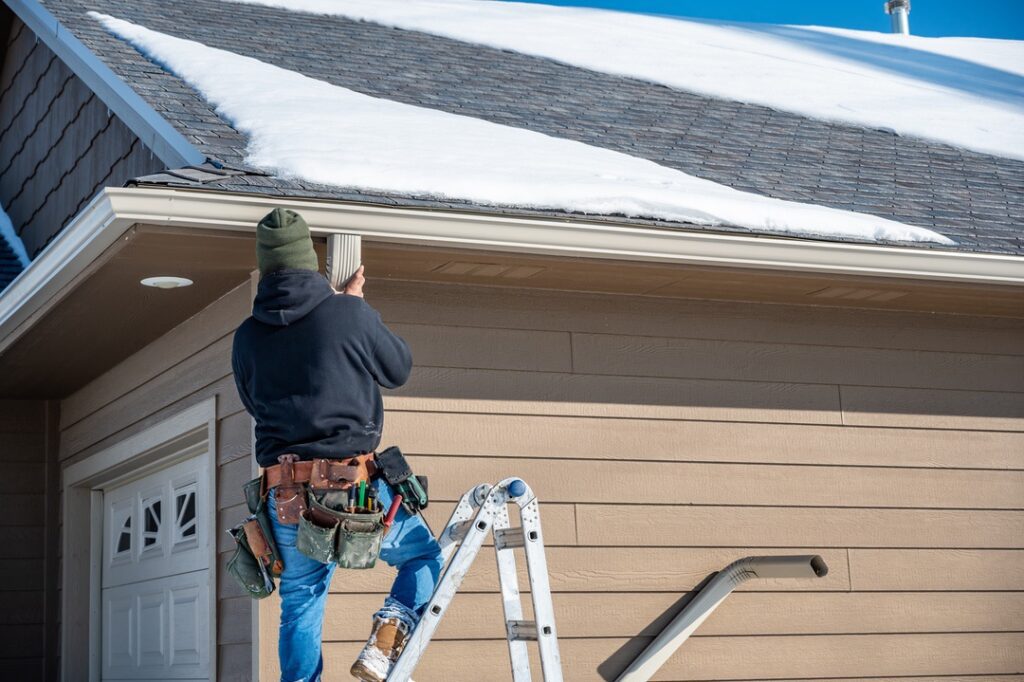
Getting the Right Gear for Safe Roof Work
The right equipment can make roof work safer and more efficient. This includes:
- Ladders: Choose a ladder that is the right height and strength for the job. Extension ladders with adjustable lengths are often preferred for roofing tasks. Ensure the ladder's feet have proper grips and that it's positioned at the correct angle to prevent slipping or tipping over.
- Roof anchors: These create secure attachment points for safety harnesses and help to prevent falls. However, roof anchors need to be placed carefully to make sure they work properly if you need them, so be sure to consult the manufacturer’s instructions carefully if you decide to use them—and remember, they’re a fail-safe, not a guarantee of safety.
- Safety harnesses: These should be worn correctly and attached securely to your roof anchors. If you are uncertain about how to do this, consider hiring professionals instead—safety gear only works when you understand how to use it properly.
- Non-slip footwear: Footwear with rubber soles and a tread designed to grip uneven surfaces is vital for working on roofs of any kind. Avoid wearing shoes with worn soles, as these may not provide adequate traction.
- Appropriate clothing: Your clothing should be comfortable and allow for easy movement, but also durable and not loose enough to catch. Long sleeves, work pants, and gloves are recommended.
Remember: investing in quality tools and understanding how to use them properly ensures better safety.
Tips for DIY Roofing Success
If you’ve still decided to try doing some roofing maintenance on your own, this advice will help:
Setting Up & Securing Your Ladder
Your ladder will be the primary method of accessing the roof, so it’s important to make sure it’s as stable as possible. The ladder should be placed on a firm and level surface, extended at least three feet above the roof edge, and secured properly to prevent shifting or falling.
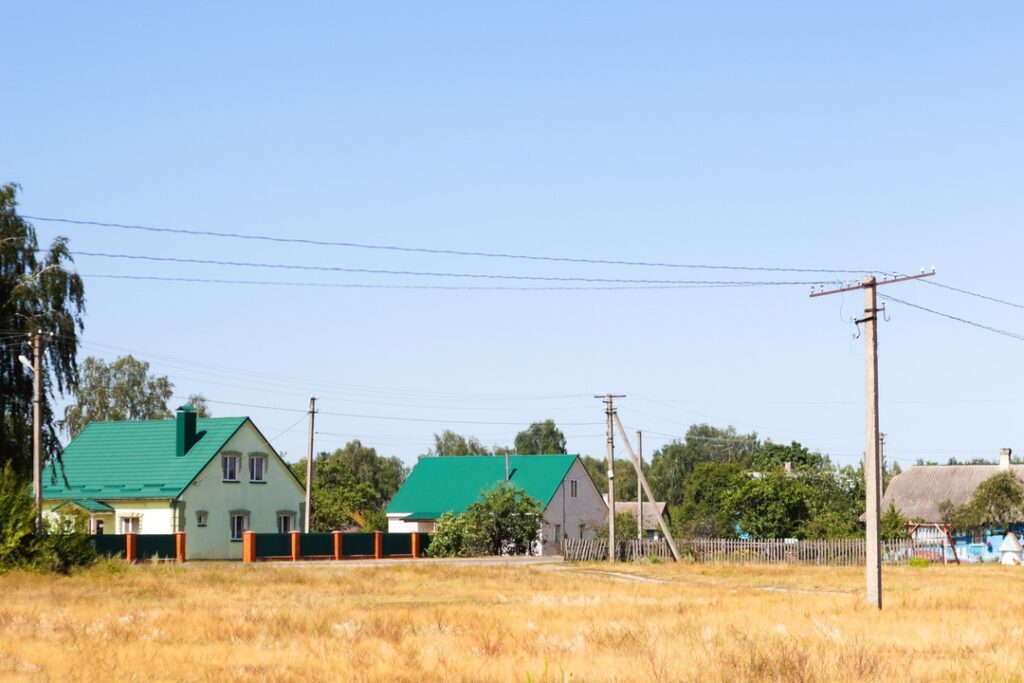
Avoiding Power Lines & Electrical Hazards
Do not attempt DIY roofing work near electrical hazards. Special precautions must be taken when working near power lines, antennas, and other such fixtures—as such, it is far better to call a professional who can minimize risk and perform this work safely.
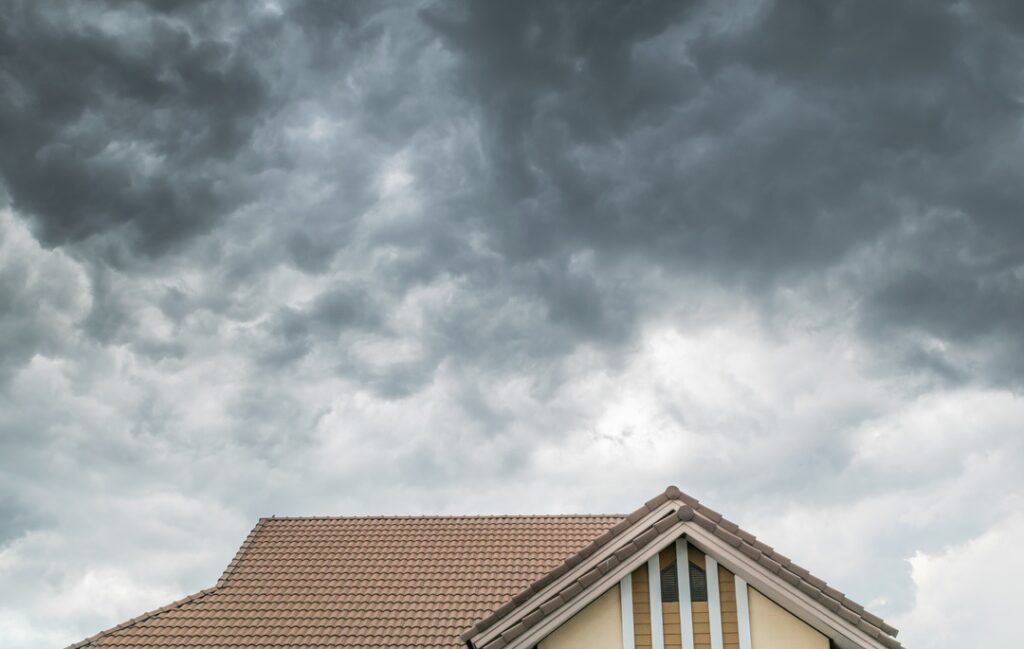
Dealing with Weather Conditions & Unexpected Changes
Roofing work should always be avoided in wet, windy, or stormy conditions, as these can increase the risk of falls or other accidents. We strongly recommend monitoring weather forecasts and being prepared to postpone the work if weather changes unexpectedly.
Maintaining a Clean & Organized Work Area
Keeping the work area clean, organized, and free from unnecessary tools or debris reduces the risk of tripping or slipping. Also, make sure to use a tool belt and clean up after yourself as you go. We also recommend having a designated area to drop refuse and old materials so that people down below can stay out of the way.
Being Ready for Emergencies
When doing any of your own roof work, you should be familiar with basic first aid measures—including how to treat cuts, punctures, and injuries caused by falls. Have a first aid kit on hand and a phone to call emergency services if needed.

Getting Expert Help When You Need It
Recognizing your personal limitations is the key to keeping roof work safe. There’s no shame in recognizing when a task is too complex, risky, or specialized to do on your own—in fact, that’s just good common sense.
If you really want to develop the skills necessary to work on your own roof, consider looking for workshops offered by nearby hardware stores or community associations. A little basic training could make the difference between successful DIY maintenance and an accident that has lasting consequences.
By understanding the risks, using appropriate equipment, and recognizing when to call in professionals, you should be able to tackle simple roof work with confidence. And when you do find yourself needing expert assistance with your roof, reach out to Guns N Hoses—we’ll be happy to help.

